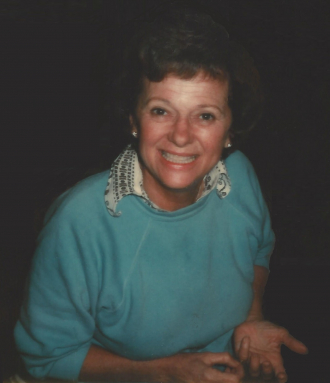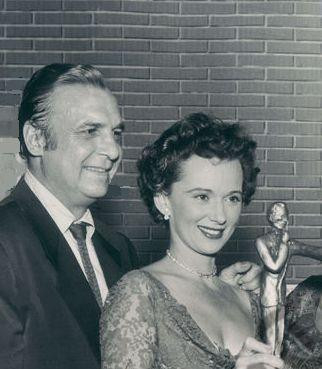Jackie Coogan and Jan Clayton
At an Awards Ceremony.
Date & Place:
Not specified or unknown.


 Amanda S. Stevenson
Amanda S. Stevenson 



